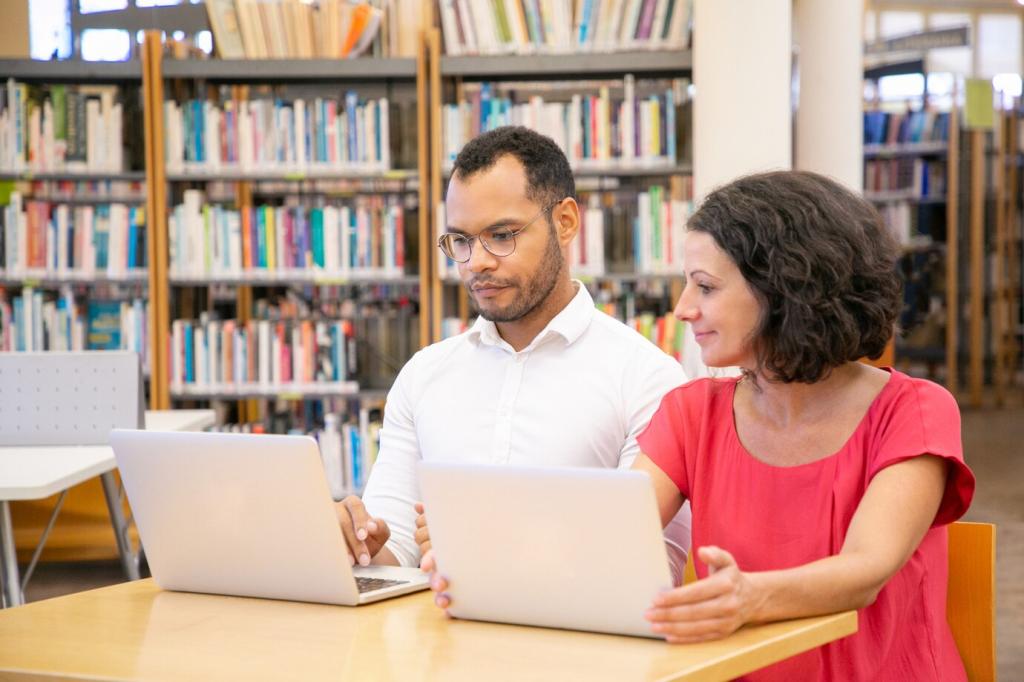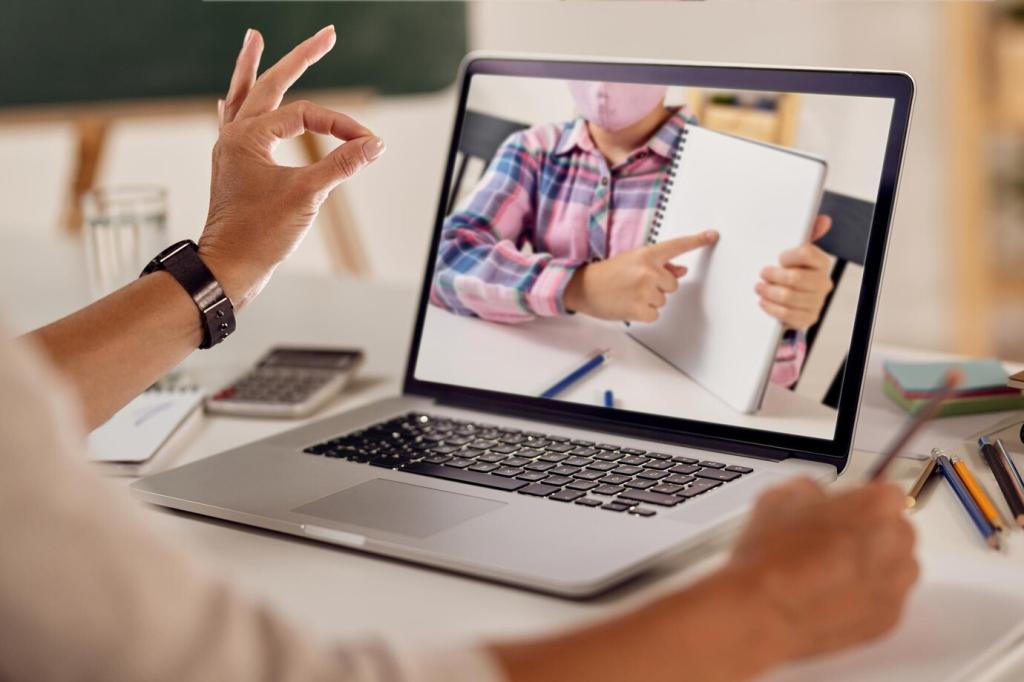Creating Communicative Online Language Environments in German
Choosing the Right Digital Tools for German Language Learning
Selecting Synchronous Communication Platforms
Live communication tools are the backbone of language practice. Video conferencing platforms enable face-to-face interaction, essential for real-time spoken German practice and immediate feedback. Reliable platforms not only simulate classroom discussions but also support small group work, roleplays, and debates. This facilitates spontaneous use of German, building learners’ fluency and confidence. Essential features include break-out rooms, chat functions, and tools for screen sharing, allowing students to engage in varied authentic communicative tasks. Educators must consider internet connectivity, user interface simplicity, and security to create a comfortable and inclusive atmosphere where every learner feels encouraged to participate.
Facilitating Asynchronous Collaboration
Asynchronous communication expands interaction beyond live sessions, giving learners time to process and construct thoughtful responses in German. Forums, shared documents, and discussion boards are powerful for practicing writing, reading comprehension, and peer-to-peer feedback. These environments foster reflection and deeper engagement, allowing students to edit their work and interact at their own pace. Platforms should support German characters and media integration, enabling the exchange of audio, video, and texts. This blend of communication styles accommodates diverse learning preferences and supports comprehensive language development, making online instruction both flexible and robust.
Integrating Interactive Media for Engagement
Interactive tools such as language learning apps, quizzes, and gamified platforms motivate students by making practice enjoyable and goal-oriented. They present German vocabulary, grammar, and listening exercises in dynamic formats, supporting personalized learning paths. Immediate feedback helps learners correct errors and track progress, boosting confidence. Integrating authentic materials—such as German news articles, blogs, and podcasts—exposes learners to real-world language use, enhancing comprehension and cultural understanding. By leveraging interactivity and multimedia, online environments transform language acquisition into an engaging, immersive experience that moves beyond traditional textbook exercises.
Designing Meaningful Communicative Tasks
The heart of effective online language learning lies in purposeful tasks that simulate real-life situations. Role-plays, debates, project presentations, and interviews offer opportunities to use German in context, activating both spoken and written skills. These tasks should be relevant to learners' lives and interests, increasing engagement and lowering affective barriers. Teachers scaffold activities by providing clear instructions, model dialogues, and useful phrases while allowing flexibility for authentic communication. This focus on function rather than form promotes natural language use, confidence, and fluency, supporting communicative competence.
Fostering Peer Interaction and Feedback
Interaction with peers fuels motivation and offers rich opportunities for collaborative learning in German. Pair and group work, peer editing, and discussion threads help students learn from one another, negotiate meaning, and deepen their understanding through dialogue. Teachers set ground rules for constructive feedback, encouraging learners to comment in German and focus on both strengths and areas for improvement. This culture of support nurtures risk-taking, builds confidence, and reinforces the social nature of language, turning online spaces into vibrant, interactive communities where German is actively used.
Encouraging Self-Expression and Autonomy
Empowering students to direct their learning is fundamental for sustained language growth. Giving learners choices in topics, project formats, or discussion themes allows them to connect personally with the material and voice their opinions in German. Supporting learner autonomy involves teaching strategies for independent study, self-assessment, and online resource use. Encouraging students to share aspects of their culture in German or reflect on their learning journey enlivens discussions and builds a multicultural, inclusive learning environment. In this way, learners become confident, active participants—both in their education and in future German-speaking contexts.

Incorporating Cultural Competence in the Online German Classroom
Utilizing Authentic Cultural Materials
The rich tapestry of German-speaking cultures enhances language learning when woven into online environments through authentic resources. Incorporating German films, music videos, news articles, and social media immerses learners in the language as it is used by native speakers. These materials build comprehension, offer diverse linguistic registers, and expose learners to various dialects and perspectives. Teachers curate resources aligned with lesson objectives, guiding students to analyze and discuss cultural themes, contemporary issues, and societal values. In doing so, they deepen students’ understanding of both the language and the cultures in which it is embedded.

Join our mailing list
